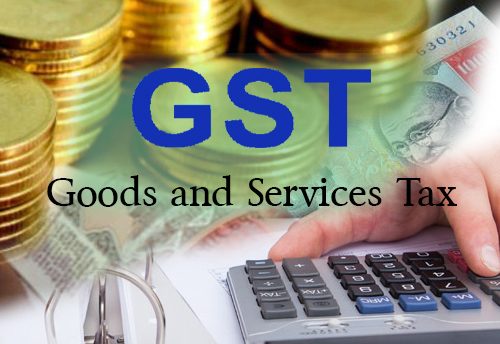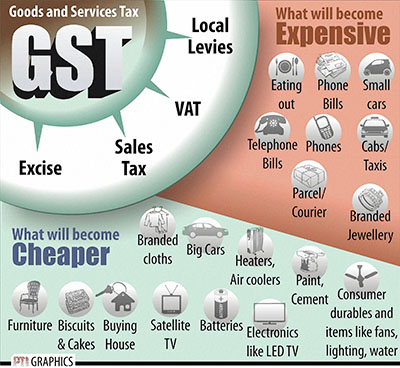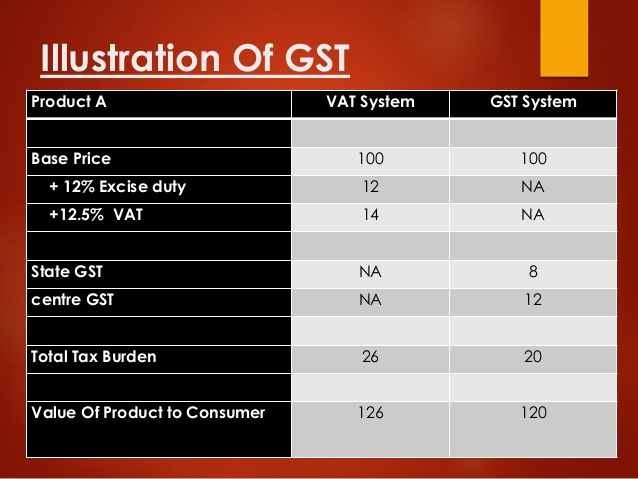Circular No.12 / 2012 - Customs
F. No. 528/27/2010-CUS (TU)
Government of India
Ministry of Finance
Department of Revenue
Central Board of Excise & Customs
Tariff Unit
***
New Delhi, the 1st May, 2012.
To
All Chief Commissioners of Customs/ Customs (Prev.)/ C&CE,
All Directors General of CBEC,
All Commissioners of Customs / Customs (Prev.) / C&CE
All Commissioners of Customs & Central Excise (Appeals).
Subject: Classification of Micro / Mini SD Cards - regarding.
Doubts have been raised as regards the classification of Micro / Mini SD Cards in the Sub-heading 852351, which covers Semiconductor media, Solid – state non-volatile storage devices or the Sub-heading 852352, which applies to Semiconductor media, Smart cards. The matter was also deliberated upon in the Bangalore 2011 Conference of Chief Commissioners of Customs.
2. The correct classification of Micro / Mini SD Cards was examined in the Board and also deliberated in the 49th meeting of WCO’s Harmonized Systems Committee (HSC). The technical inputs received revealed that the product structure of Micro /Mini SD Cards can be divided into two broad categories: Category 1: where there is PCB in the same housing, and Category 2: where there is no PCB instead there is substrates like alumina substrate with IC mounted in the substrate and interconnects printed on substrate.
3. Reportedly, at the time when Note 4(a) to Chapter 85 was adopted the solid-state non-volatile storage cards included a traditional printed circuit board. SD card technology has since evolved and now uses “Chip on Board” substrate packaging (also known as System-in-Package or SIP) instead of traditional printed circuit board assembly packaging to provide the exact same SD functionality. The Current SD cards contain a substrate or support on which the components (flash memory, controller, passive elements) are mounted. Moreover, Note 5 to Chapter 85 defines printed circuits for the purposes of heading 8534 and the Explanatory Note thereto provides further insight that confirms that circuits are made by forming on an insulating base, by any printing process (conventional printing or embossing, plating-up, etching, etc.), conductor elements (wiring), contacts or other printed components such as inductances, resistors and capacitors (“passive” Elements), other than elements which can produce, rectify, detect, modulate or amplify electric signals, such as diodes, triodes or other “active” elements. In this regard the WCO’s HSC is of the opinion that a very broad definition of printed circuits was intended.
4. Micro / Mini SD Cards are manufactured using an etching process. The etching process is one of the processes specifically identified in the definition of “printed circuit” in Note 5 to Chapter 85. Thus, the substrates used fully comply with the definitions of printed circuits found in the Harmonized System and therefore, the substrate of Micro / Mini SD Cards qualifies as a printed circuit board for purposes of Note 4(a) to Chapter 85.
5. The issue of classification of Micro / Mini SD cards was also referred to the Department of Information Technology (DIT), Ministry of Communications & Information Technology. Technical inputs from this Ministry revealed that connecting pins can be treated as connecting sockets and the product covered in the aforesaid two broad categories remain solid-state non-volatile storage devices even when substrate is of alumina. This Ministry has also suggested classification of Micro / Mini SD Cards in Sub-heading 8523.51
6. In view of the aforesaid, Board is of the considered view that in case of Micro / Mini SD Cards wherein the PCB is substituted by substrates, then such substrates fully comply with the definitions of printed circuits found in the Harmonized System and the qualifies as a printed circuit board and connecting pins qualifies as connecting sockets for purposes of Note 4(a) to Chapter 85. As such, Micro / Mini SD Cards are correctly classified in Sub-heading 8523.51 as Semiconductor media, solid-state, non-volatile data storage devices by application of General Rules for Interpretation of Import Tariff (GRIs) 1 (Note 4(a) to Chapter 85) and 6.
7. The Board desires that the pending provisional assessment cases of Micro/ Mini SD Card imports may be finalised on the basis of above instructions. Difficulties, if any, in implementation, may be brought to the notice of the Board.
Yours faithfully,
(Subodh Singh),
OSD (Customs), Tariff Unit,
Fax-011-23092173




